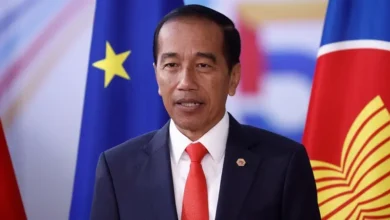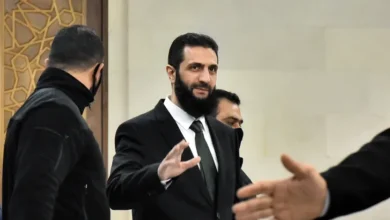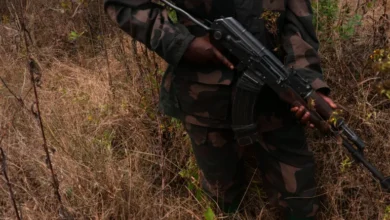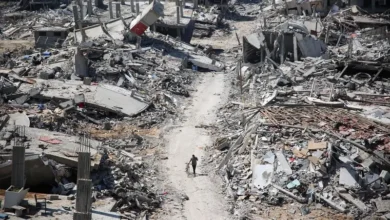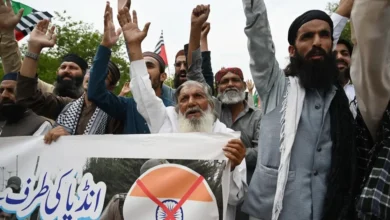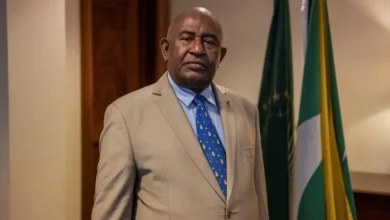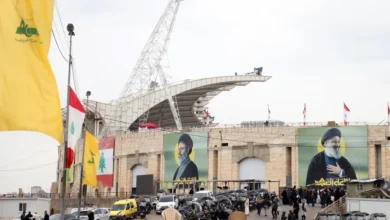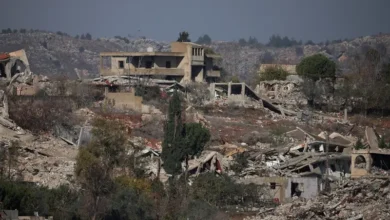Global defence spending jumped to record $2.2 trillion last year: Report

Global defence spending jumped 9 percent to a record $2.2 trillion last year, a British military think tank said, and is set to rise in 2024 with Israel’s war on Gaza, the conflict in Ukraine and rising tensions in the Indo-Pacific region.
A new report on Tuesday from the London-based International Institute for Strategic Studies (IISS) also mentioned growing unease in the Arctic, North Korea’s pursuit of nuclear weapons, concerns over China and the rise of military regimes in the Sahel region of Africa as contributing to the world entering “a highly volatile security environment”.
“The current military-security situation heralds what is likely to be a more dangerous decade, characterised by the brazen application by some of military power to pursue claims,” read the annual report which the IISS has been compiling annually for the past 65 years.
The “era of insecurity” is resetting the global defence-industrial landscape, with the United States and Europe ramping up production of missiles and ammunition “after decades of underinvestment”, the report added.
Driven in part by NATO member states’ response to Russia’s invasion of Ukraine, global military spending reached a record $2.2 trillion, it noted. The alliance’s non-US members have boosted military spending by 32 percent since Russia invaded Ukraine’s Crimean Peninsula in 2014, the institute found.
The report comes days after Republican frontrunner Donald Trump said he had previously told an unspecified NATO member’s leader that he would “encourage” Russia to do “whatever the hell they want” in that country if it had not met its financial obligations to the military alliance.
“You got to pay. You got to pay your bills,” Trump said at a campaign rally in South Carolina on Saturday.
Ten members of the alliance met the goal of spending 2 percent of gross domestic product (GDP) on defence, up from just two members in 2014. According to IISS figures, 19 members increased spending last year.
“Russia’s actions have reinvigorated NATO, with Finland completing its rapid alliance accession process in April 2023,” the report noted. “Russia’s border with NATO members is now more than 1,300 kilometres [800 miles] longer.”
The report said that Iran’s supply of missiles to Houthi rebels in Yemen and drones to Russia highlighted Tehran’s growing influence in conflict zones.
China had also demonstrated “increased power-projection capacity”, it added.
The conflicts are not just overlapping, but they are also involving an increasing number of non-Western countries compared to two decades ago, said Samir Puri, a visiting lecturer in war studies from King’s College London.
“The West was leading the sort of military involvement of normal armed forces rather than insurgents,” Puri told Al Jazeera. “Twenty years later, there’s a much wider range of countries that are involved in conflicts, countries like Russia and Turkey, and indeed Saudi Arabia and others have become much more interventionist, much more active,” Puri said.
Defence spending is also being fueled by rising tensions in Asia where countries are arming themselves for deterrence, but also by the growing demand for modern technologies such as unmanned aerial vehicles (UAV) and Global Position Systems (GPS).
“Everything else that requires a lot of research and development spending,” Puri added.

